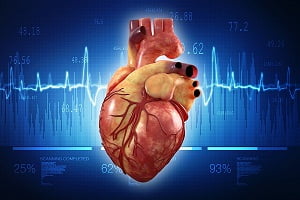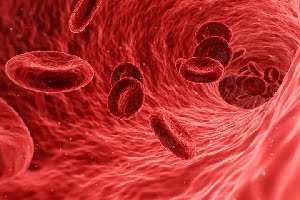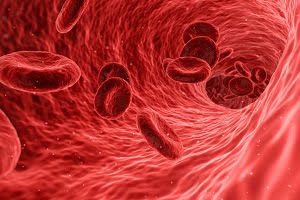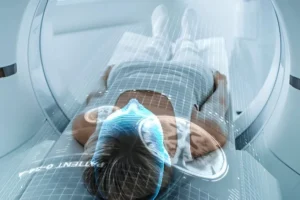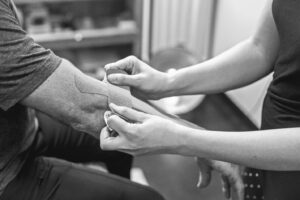Claudication Pain
- Updated on: Jul 11, 2024
- 4 min Read
- Published on Apr 23, 2021
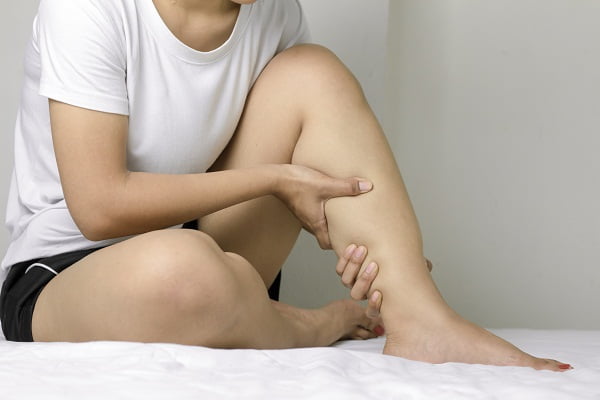

What is claudication pain?
Claudication or vascular claudication is the pain and/or cramping that is caused by inadequate (too little) blood flow mainly in the legs, but it can occur in arms as well. It usually occurs during exercise.
The word ‘claudication’ is derived from a Latin word ‘claudicare’ which means ‘to limp’. Claudication causes a person to limp when the pain affects muscles of the legs, hence the name claudification for the pain. The pain is generally experienced when a person walks, and subsides with rest. It is also referred to as ‘intermittent claudication’ because it comes and goes with exertion and rest. But if a person has severe claudication, he or she can experience pain even while resting.
What are the symptoms of claudication?
Although claudication is sometimes considered a disease, but it not a disease. Instead, it is a symptom of a disease. Claudication (vascular claudication) is mostly a symptom of peripheral artery disease, which is a serious blood circulation problem in which the vessels that supply blood flow to the legs or arms of a person are narrowed. Read to learn more about peripheral arterial disease.
Common symptoms of vascular claudication are:
- Pain when exercising: You may feel pain or discomfort in your feet, calves, thighs, hips or buttocks as a result of arterial disease or some other condition that causes claudication. The pain may be experienced at various locations depending on where the artery is narrowing or damaged. While claudication affects your legs, thighs, and hips mainly, but it can affect your arms too, although this is not very common.
- Discoloring of the skin: If the blood supply is reduced significantly, the color of your toes or fingers may change to somewhat bluish and feel cold to the touch.
- Development of sores: Sometimes, a person develops develop sores in lower legs, toes, feet, arms, or fingers.
- Intermittent pain: The pain comes and goes with exertion and rest. If the pain is severe, it may occur even at rest.
- Pain when at rest: When the condition progresses and becomes severe, a person may feel pain in legs even when sitting or lying down or at rest.
Other symptoms of claudication are:
- Pain that is sharp or dull, aching or throbbing, or burning.
- Calf pain is the most common location for cramps in legs.
- If the blockage or plaque formation is up in the leg, the pain due to claudication may be experienced in the thigh or buttocks.
- Sometimes, the pain may show signs of erectile dysfunction if the blockage is in the aorta (which is the main artery from the heart to the legs).
Check out the graphics and images for peripheral artery disease.
Causes of claudication
Claudication is generally a symptom of peripheral artery disease. The arteries that supply blood to your limbs and muscles such as legs are narrowed and/or damaged due to atherosclerosis. Atherosclerosis causes the arteries to become narrowed, stiffer and harder. It occurs due to clogging of the arteries with clumps of fat, cholesterol and other deposits, called plaques. These plaques or deposits do not allow adequate blood supply to the limbs through them. As a result, you feel pain because the muscles do not get enough oxygenated blood.
Atherosclerosis is not the only possible cause of claudication. There are other conditions too that may cause similar symptoms to appear. These conditions are such as:
- spinal stenosis
- peripheral neuropathy
- certain musculoskeletal conditions
What are the risk factors for claudication?
The risk factors for claudication are similar to those for developing atherosclerosis / plaques, such as:
- High blood pressure
- Obesity
- Smoking
- Diabetes
- High levels of cholesterol
- Older age
- Family history
- Ethnicity: African American descent
How is claudication diagnosed?
The doctor first collects medical history and reviews symptoms of the patient. He or she may order certain tests. The tests and diagnosis of claudication may involve:
- Ultrasound: Ultrasound is the most common test to diagnose claudication pain, and to recognize location and severity of the narrowing in the blood vessels.
- Computed tomography (CT) and magnetic resonance angiography (MRA): Imaging methods are used to map the blood flow in the affected areas.
- Ankle-arm index: It helps measure the blood pressure at the ankle compared with the blood pressure in the arm. If the results are not normal, it may be an indication of peripheral artery disease.
- A doctor checks pulses in your palms and feet.
Treatment of claudication pain
The aim of the treatment of claudication pain and peripheral artery disease is to help prevent the disease from getting worse and reduce the symptoms of claudication.
The treatment may start with practices such as lifestyle changes including for example quitting the smoking and doing regular exercises etc. If the claudication symptoms do not improve, the doctor may recommend a formal exercise program to improve the blood flow in the limbs (legs). He may also suggest other treatment options such as:
Medications
Your doctor may recommend medicines such as:
- aspirin to reduce the chance of blood clots
- other medications to help keep the blood from clotting, such as clopidogrel (Plavix), dipyridamole (Persantine) and ticlopidine
- cilostazol tablets to improve blood flow and relieve from the claudication symptoms. Cilostazol (Pletal) helps reduce the pain due to intermittent claudication by widening (dilating) the arteries. This causes the flow of blood and oxygen to the legs to be improved.
- a cholesterol-lowering drug such as statin to lower levels of cholesterol if the doctor finds that the blockage may be due to hardening of the arteries (called atherosclerosis).
- Pentoxifylline (Trental) can be recommended to decrease the “stickiness” (viscosity) of blood and consequently improve the flow of blood through the arteries. This increases the flow of blood and oxygen to muscles allowing better nourishment.
In addition to the above, there are many other drugs that are being investigated to treat claudication. These medications are not yet approved by FDA for use in treating claudication oo peripheral arterial disease. These drugs include:
- ACE (angiotensin converting enzyme) inhibitors
- Defibrotide
- Prostaglandins
- Antichlamydophila therapy –- roxithromycin
- Propionyl-L-carnitine
Recommended Reading: Lifestyle and Home Remedies for Treating Claudication and Peripheral Artery Disease.
Angioplasty
More severe cases of claudication and peripheral artery disease can be treated with angioplasty. Angioplasty is a minimally invasive procedure done to widen the damaged arteries using a narrow tube that travels through the blood vessels. The tube is tied to an inflatable balloon on the end to help improve the circulation. A small mesh called stent is put in the artery after widening to keep it open.
Vascular surgery
Vascular surgery is recommended in some cases by a doctor. The surgery involves taking a healthy blood vessel from another part of the body and replacing the damaged vessel that’s causing claudication pain. This helps maintain normal blood flow through the artery that had been narrowed.
Sometimes, a combination of treatment options is suggested to treat the claudication and peripheral artery disease.





